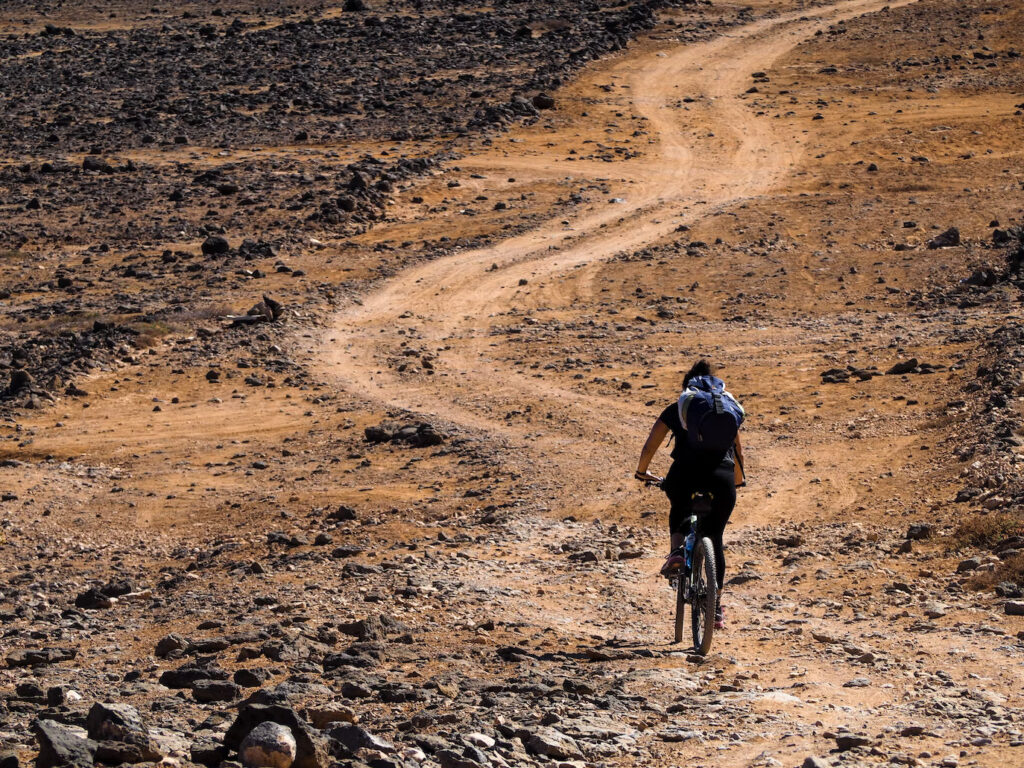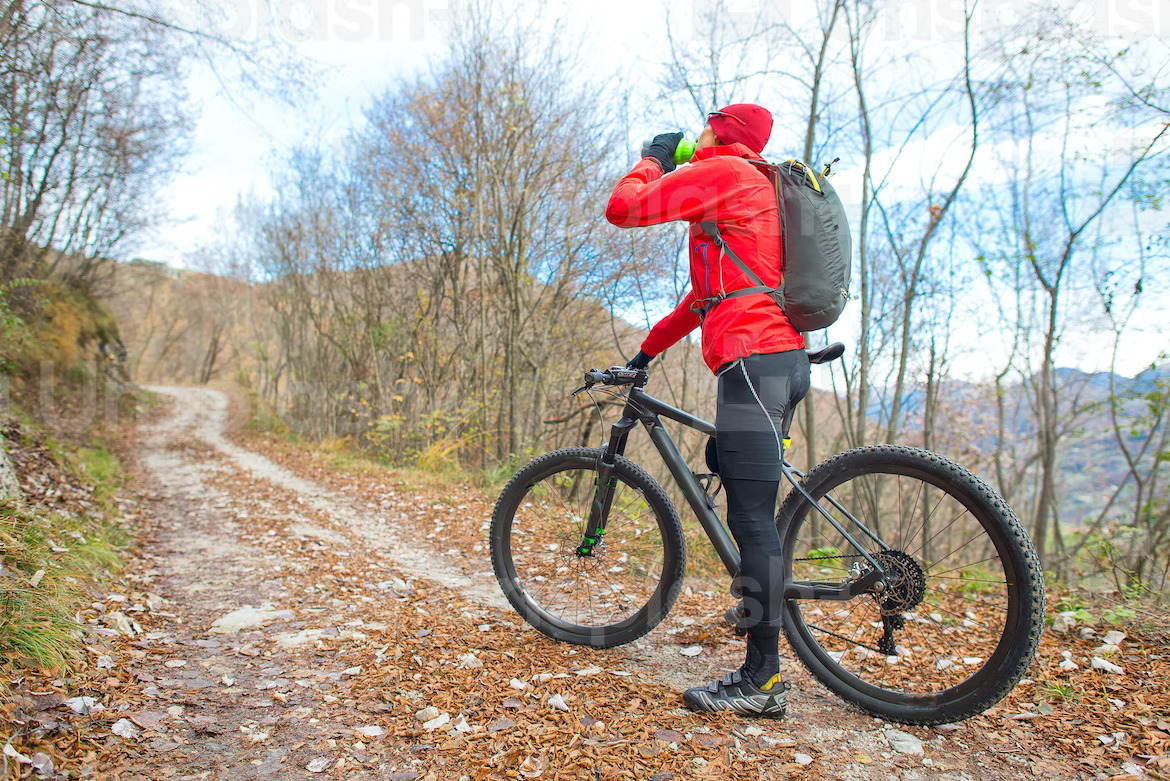There are all sorts of different kinds of bikes in the world of cycling today. From road bikes to cruisers and everything between, there’s an absolute smorgasbord of styles and options. And yet, the lines between them are crazy thin.
That is, the “quirks” are not as dissimilar as you might think. In fact, you can easily convert your existing bike to meet your needs or situation without breaking the bank. You can build your own purpose-built bike without having to purchase a whole new one.
A gravel bike is designed for unpaved roads, such as dirt and gravel paths, and is often used for long-distance touring. It combines the speed and efficiency of a road bike with the comfort and durability of a mountain bike.
It may sound complicated, but the conversion process is pretty straightforward. The main components you’ll need to address are the frame, the wheels, the tires, and the gearing. So, ensure that the road bike you choose has these parts in optimal condition.
Page Contents
How to convert a road bike into a gravel bike?
1. Frame
Gravel bikes are typically built with a more relaxed geometry than road bikes. You get a longer wheelbase and a lower bottom bracket height for increased stability. They also have wider tires for increased traction and comfort on off-road surfaces.
If you want to use your existing road frame, you’ll have to make modifications to accommodate the geometry and wider tires.
You’ll also want to ensure the frame is up for tackling pavement and dirt roads. Frames made from steel or aluminum are the best choice for gravel riding, as they can handle the rougher terrain and the extra impacts that come with it.
2. Tires
Tires make the biggest difference in how your bike performs on off-road surfaces. So, it’s important to choose the right tires for the job.
When choosing tires for your gravel bike, consider the width, tread pattern, and durability. A wider tire will provide more grip and cushion on the trails while riding, while a more aggressive tread pattern will help you navigate loose terrain.
Width
Gravel bikes have much wider tires than road bikes. While road bike tire widths fall in the range of 28mm to 32mm, gravel bikes are equipped with tires typically in the 35mm to 50mm range.
Durability
You must also consider the tire’s durability; a more durable tire can withstand rocks and other debris you may encounter while riding. The sturdier your tire is, the smoother your biking experience.
Terrain
If you are riding on a variety of surfaces, then you’ll want to look for tires that offer a good balance between grip and durability. If you mostly ride on gravel roads and trails, a tire with an aggressive tread pattern and good durability will be your best bet.
Read More: 10 Best Road Bikes Under $1000 in 2022
3. Brakes
Check the type of brakes for which your frame is designed. The majority of road bikes come with either rim brakes or disc brakes.
Rim brakes are a great choice if you’re seeking a lightweight, efficient option; however, if you’re looking for a more powerful, all-weather braking system.
- Disc brakes are recommended for a gravel bike because they provide consistent stopping power in various weather conditions.
- Rim brakes are relatively lightweight and inexpensive. These are often found on road bikes. However, there are better options for gravel bikes. Once you’ve determined which type of brakes your frame is designed for, you’ll need to decide on the specific model you’d like to use.

4. Suspension
The suspension you choose will depend on your riding habits and the terrain.
A coil spring fork or an air fork with a lockout is a great choice for gravel biking suspensions. If you plan on going off-road more often, a full-suspension bike is the best option, as it will absorb more bumps and jumps.
Remember that suspension adds weight and complexity to your bike, so if you don’t plan on going off-road much, you may want to stick with a rigid fork.
Whichever one you choose, ensure that it’s the right size and compatible with your frame. The fork should match the diameter of the head tube, and you may need specific adapters or spacers to ensure the suspension fits properly.
Finally, make sure you take into account your budget, as suspensions can get expensive.
5. Drivetrain
For a lightweight, efficient ride, a 1x drivetrain with a wide-range cassette may be the best choice. This will allow you to climb and descend on any terrain easily.
If you’re looking for more off-road capability, then a 2x drivetrain with a narrow-range cassette and a larger chainring may be the way to go.
This will give you more torque and power when tackling steeper climbs or gnarly descents. It’s important to remember that the wider range of a 2x drivetrain will be more expensive and heavier than a 1x drivetrain.
Ultimately, the drivetrain you choose will come down to personal preference and the terrain you plan to ride.
6. Handlebars
With the right handlebars, you can customize your bike to fit your riding style and make your gravel bike experience even more enjoyable.
Consider the width first and foremost. If you’re going for an aggressive riding style, wider handlebars can give you more control. On the other hand, narrower handlebars can be a better fit for riders looking for a more comfortable ride.
The shape of the handlebar is also important. Rounded handlebars are popular for comfort, while flat handlebars are better for racing. You can also choose drop handlebars for a combination of comfort and control.
Most handlebars come in a range of sizes and shapes, so you should be able to find one that works best for you.
Read: Bike Handle Grips Purchase Guide: Best Grips & How to choose them?
7. Saddle
A good saddle is essential to ensure comfort and support while riding on gravel roads. To choose the right saddle, you’ll need to consider the type of riding you plan to do, the shape of your body, and the type of material used.
Look for a saddle that provides ample padding and support. You’ll also want to check that the saddle is wide enough to provide adequate support without impeding your pedaling.

Shape
Different types of saddles are designed to fit different body types. If you need help determining what saddle is best for you, visit a local bike shop to get it properly fitted.
Material
Saddles come in a variety of materials, from leather to synthetic. Leather has the advantage of being more comfortable and breathable, but it can also be more expensive. Synthetic saddles are usually more affordable but may not be as comfortable as leather.
Read: Best Bike Saddles to Buy in US 2023 for Rock & Mountain Bikes
8. Pedals
If you’re looking for a more aggressive, off-road ride, consider looking into mountain bike pedals with more grip and a larger platform. On the other hand, if you’re looking for a more traditional gravel bike experience, go with road bike pedals that offer lighter weight and more efficient power transfer.
he right pedals for your gravel bike will depend on the type of riding you plan to do and the features you want. Your local bike shop or online retailer can help you find the perfect pedals.
Read More: How to remove (and fix) bike pedals with & without tools?
Frequently Asked Questions
How should a gravel bike be set up for maximum efficiency?
Here are some things you can do to set up your gravel bike for maximum efficiency:
1. Set the saddle height, so your leg is slightly bent when the pedal is at its lowest point.
2. Choose a gear ratio that gives you enough speed to tackle the rocky gravel terrain.
3. Use wide tires with low rolling resistance to minimize energy expended while pedaling.
4. Select a wide-range cassette to choose the best gear for the terrain.
5. Use a dropper post to adjust your saddle height quickly while riding.
How to keep your gravel bike maintained?
Regular maintenance for a gravel bike should include the following:
1. Checking and lubing the chain, brakes, and drivetrain
2. Checking for loose bolts
3. Inspecting the tires for wear and pressure
4. Cleaning the frame and components; and replacing worn-out parts.
Additionally, it’s important to inspect the frame for any cracks or damage, as gravel bikes are subject to more wear and tear due to the variety of terrain they traverse.
What are the benefits of converting a road bike into a gravel bike?
Gravel bikes are typically designed with wider tires and more relaxed geometry, making for a more comfortable ride. By converting a road bike into a gravel bike, you can enjoy the versatility of riding on both paved roads and dirt paths.
